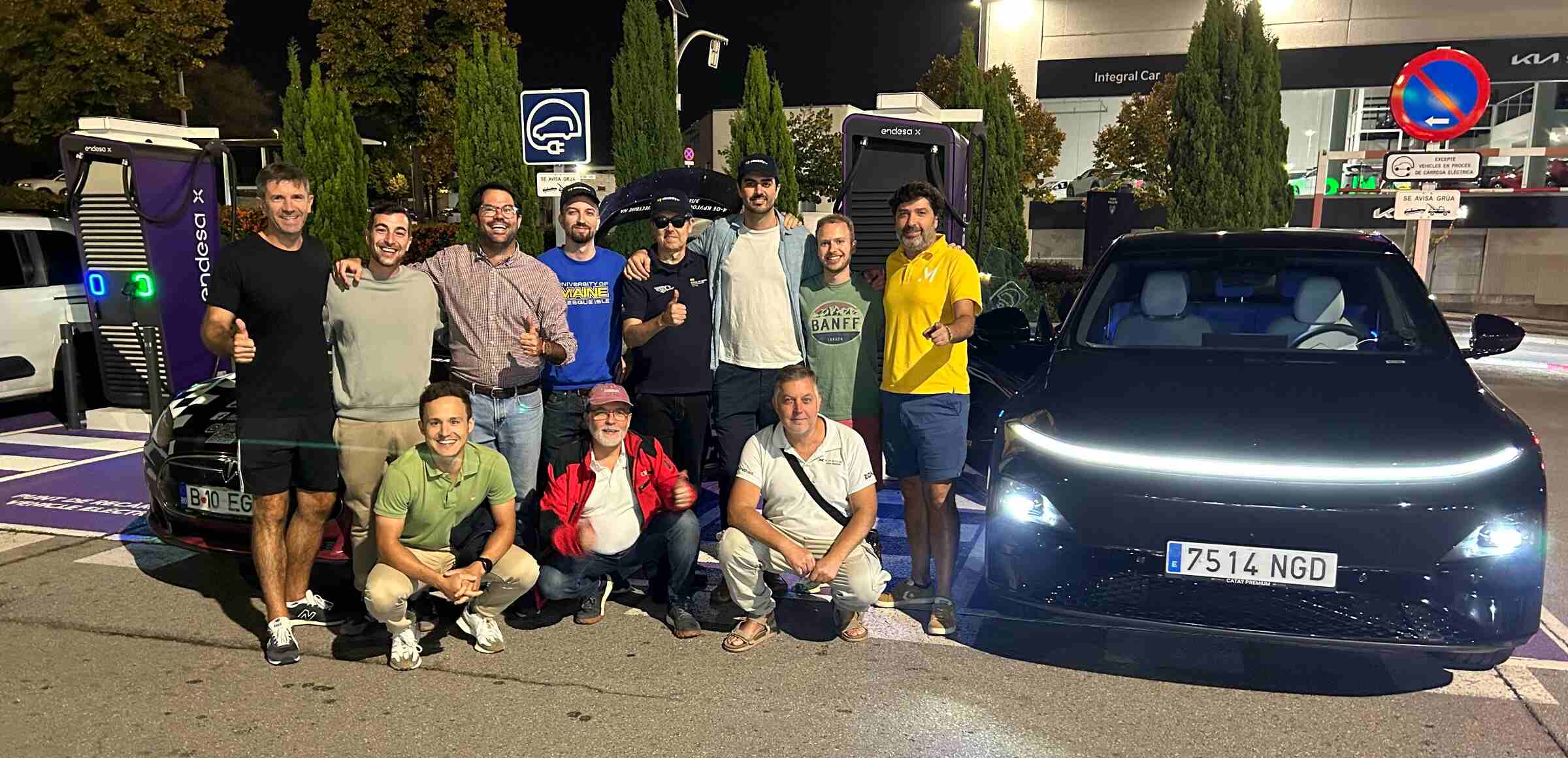
Verlo siempre en Español
Verlo siempre en Español
Electric motorcycles are gaining traction in Spain’s mobility landscape. With a rapidly evolving market and growing interest in sustainable alternatives, these vehicles are emerging as a key option for urban mobility.
Urban mobility in Spain is changing. As electric and sustainable transportation gains momentum, electric motorcycles are set to play a crucial role in this transformation.
Their ability to reduce emissions, their energy efficiency, and their convenience for navigating cities have made them a popular choice among both private drivers and shared mobility users.
More and more Spanish cities are embracing this mode of transport, implementing initiatives that range from expanding electric vehicle fleets to developing charging infrastructure. At the same time, technological advances have improved their range and performance, making them an increasingly viable and accessible alternative.
Low Emission Zones (LEZ) in cities like Madrid and Malaga are encouraging the adoption of electric motorcycles by restricting access to high-emission vehicles. This transition is already underway in cities such as Barcelona and Seville.
In Barcelona, the Metropolitan Area of Barcelona (AMB) has launched a plan to introduce 10,000 shared electric motorcycles across eight municipalities, including the Catalan region's capital.
Meanwhile, in Seville, companies like Yego registered over 136,000 users on their shared motorcycle service in 2023. This connected mobility model allows citizens to travel quickly, comfortably, and with zero emissions, aligning with the goals of the 2030 Agenda.
But urban mobility isn’t the whole story—what about motorcycle enthusiasts looking for electric alternatives? We have good news for them!
Yes, electric motorcycles can be powerful and stylish. A prime example is the Zero SR/F, one of the most advanced electric motorcycles on the market. With a range of up to 200 kilometres per charge, this bike is redefining expectations for electric motorcycles. Its 110 HP motor delivers impressive speeds without compromising efficiency.
Another standout is the Harley-Davidson LiveWire, a high-performance electric motorcycle that seamlessly blends Harley-Davidson’s legendary heritage with cutting-edge electric motor technology. With a 105 HP motor, this motorcycle can reach speeds of up to 177 km/h. This makes it one of the fastest electric bikes on the market while offering a range of up to 150 kilometres.
It also features advanced connectivity technologies, allowing riders to monitor their bike’s status in real time for additional control and safety. These improvements are made possible by digital innovations.
Solid-state batteries offer longer ranges, faster charging times, and extended lifespans. Additionally, they are made with more sustainable materials, reducing their environmental impact.
At the same time, electric motorcycles are integrating a growing number of artificial intelligence (AI) and connectivity systems. These advances help optimise route planning, battery management, and rider safety. For instance, AI enables motorcycles to adjust performance based on traffic conditions or terrain.
Lastly, though still in the experimental phase, autonomous motorcycles are beginning to show potential. These self-driving models could transform urban mobility. In particular, in logistics and shared transportation, as they offer more flexible and efficient vehicles.
Despite these advances, there are still challenges to overcome before electric motorcycles become the norm in Spain:
Electric motorcycles have the potential to become mainstream in Spain, and they are well on their way to achieving it. Thanks to technological innovation, improved infrastructure, and industry support, their adoption is set to keep growing.





